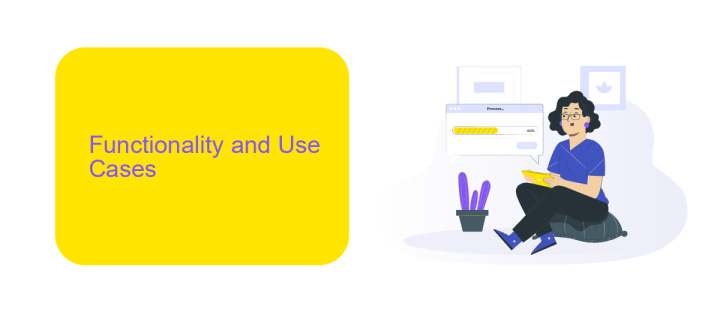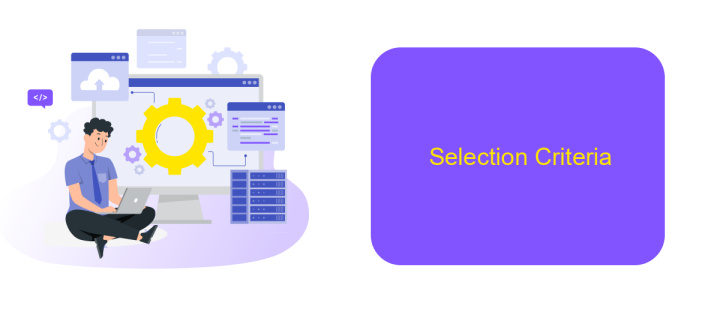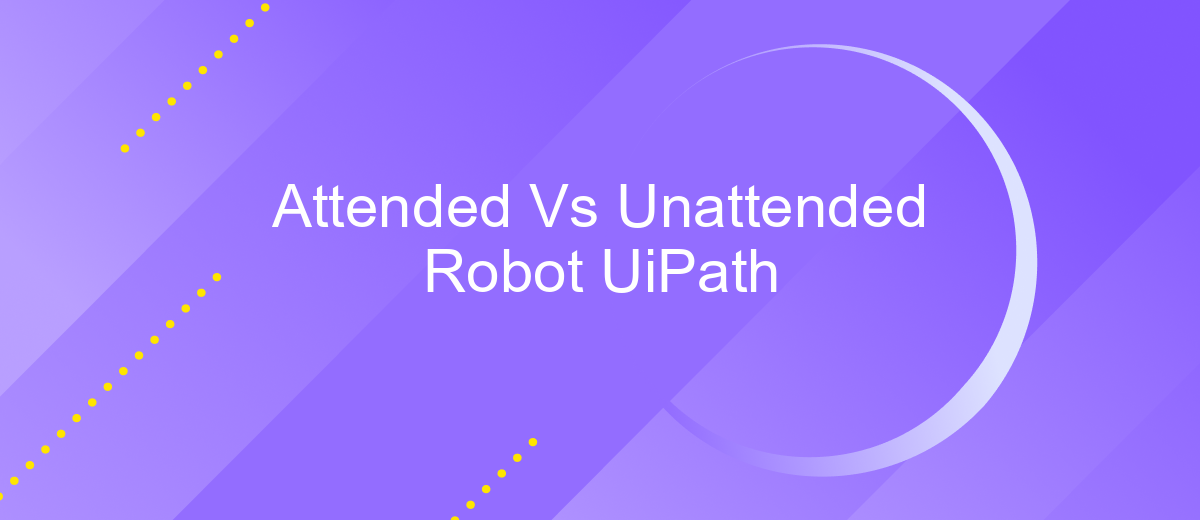Attended Vs Unattended Robot UiPath
When it comes to robotic process automation (RPA), understanding the differences between attended and unattended robots in UiPath is crucial for optimizing workflows. Attended robots assist human workers by automating repetitive tasks in real-time, while unattended robots operate independently, performing tasks without human intervention. This article delves into the unique features, benefits, and use cases of both types, helping you choose the best fit for your automation needs.
Introduction to Attended and Unattended Robots
Attended and unattended robots are integral components of UiPath's automation solutions, each serving distinct purposes. Attended robots work alongside human users, assisting with tasks that require real-time decision-making and user interaction. These robots are ideal for front-office activities where human intervention is necessary.
- Attended Robots: Assist users in real-time, requiring human interaction.
- Unattended Robots: Operate independently, ideal for back-office tasks.
- Hybrid Solutions: Combine both attended and unattended robots for comprehensive automation.
Unattended robots, on the other hand, function autonomously without human intervention. They are perfect for back-office processes, running 24/7 to handle repetitive, high-volume tasks. Integration services like ApiX-Drive can streamline the setup of these robots by connecting various applications and automating data flows. This ensures that both attended and unattended robots operate efficiently, maximizing productivity and accuracy in business processes.
Functionality and Use Cases

Attended robots in UiPath are designed to work alongside human users, assisting with tasks that require human intervention. These robots are typically employed in front-office scenarios where real-time decision-making is crucial. Common use cases include customer service, where the robot can pull and display relevant information for the agent, and data entry, where it speeds up the process by automating repetitive tasks while allowing the user to intervene when necessary.
Unattended robots, on the other hand, operate without human intervention and are ideal for back-office processes. They can handle tasks such as data extraction, invoice processing, and report generation autonomously. These robots are scheduled or triggered by specific events and can work 24/7. For integrating various systems and automating workflows, services like ApiX-Drive can be utilized to streamline the process, ensuring that data flows seamlessly between different applications without manual input.
Advantages and Disadvantages

When comparing Attended and Unattended Robots in UiPath, it's important to consider both their advantages and disadvantages to determine which is best suited for your automation needs.
- Attended Robots:
- Advantages: Immediate user assistance, real-time decision making, and enhanced productivity.
- Disadvantages: Requires human intervention, limited to desktop automation, and higher operational costs.
- Unattended Robots:
- Advantages: Operate 24/7 without human intervention, ideal for batch processing, and cost-effective in the long run.
- Disadvantages: Initial setup complexity, requires robust error handling, and dependency on stable infrastructure.
Choosing between Attended and Unattended Robots depends on the specific requirements of your business processes. For seamless integration and efficient management of these robots, tools like ApiX-Drive can be extremely beneficial. ApiX-Drive simplifies the integration process, allowing you to automate workflows without extensive technical knowledge.
Selection Criteria

When deciding between attended and unattended robots in UiPath, it's crucial to assess your specific business needs and operational environment. Attended robots are typically used for tasks that require human intervention or oversight, such as customer service or data entry. On the other hand, unattended robots operate independently, ideal for backend processes like data migration or batch processing.
Consider the following criteria when making your decision:
- Task Complexity: Determine if the tasks require human judgment or can be fully automated.
- Volume of Work: Assess the frequency and volume of tasks to decide if automation will be efficient.
- Integration Needs: Evaluate the need for integration with other systems. Tools like ApiX-Drive can facilitate seamless integration.
- Cost: Compare the cost implications of deploying attended versus unattended robots.
- Scalability: Consider how easily the solution can scale with your business growth.
By carefully evaluating these criteria, businesses can make an informed decision that aligns with their operational goals and maximizes efficiency. Whether opting for attended or unattended robots, the right choice can significantly enhance productivity and streamline processes.
Implementation and Best Practices
Implementing attended and unattended robots in UiPath requires careful planning and adherence to best practices to ensure optimal performance and reliability. For attended robots, it is crucial to design workflows that are user-friendly and provide clear prompts to guide users through the process. Ensure that attended robots are integrated seamlessly into the user’s daily tasks without causing disruptions. For unattended robots, focus on creating robust and error-proof workflows that can run autonomously. Scheduling and monitoring are key aspects; use UiPath Orchestrator to manage and track the performance of unattended robots efficiently.
When setting up integrations, leveraging services like ApiX-Drive can simplify the process. ApiX-Drive allows for seamless integration between various applications, ensuring data flows smoothly between systems without manual intervention. This is particularly useful for unattended robots, which rely on consistent and reliable data sources to function correctly. Additionally, maintaining detailed documentation and regular updates to your workflows can help in troubleshooting and optimizing the performance of both attended and unattended robots. Regular training and updates for users interacting with attended robots also ensure that they are comfortable and efficient in using the automation tools provided.
FAQ
What is the main difference between Attended and Unattended Robots in UiPath?
Can Attended Robots be run on a schedule?
Which type of robot is more suitable for back-office processes?
How can I integrate UiPath Robots with other applications?
Is it possible to switch a process from an Attended Robot to an Unattended Robot?
Time is the most valuable resource in today's business realities. By eliminating the routine from work processes, you will get more opportunities to implement the most daring plans and ideas. Choose – you can continue to waste time, money and nerves on inefficient solutions, or you can use ApiX-Drive, automating work processes and achieving results with minimal investment of money, effort and human resources.

